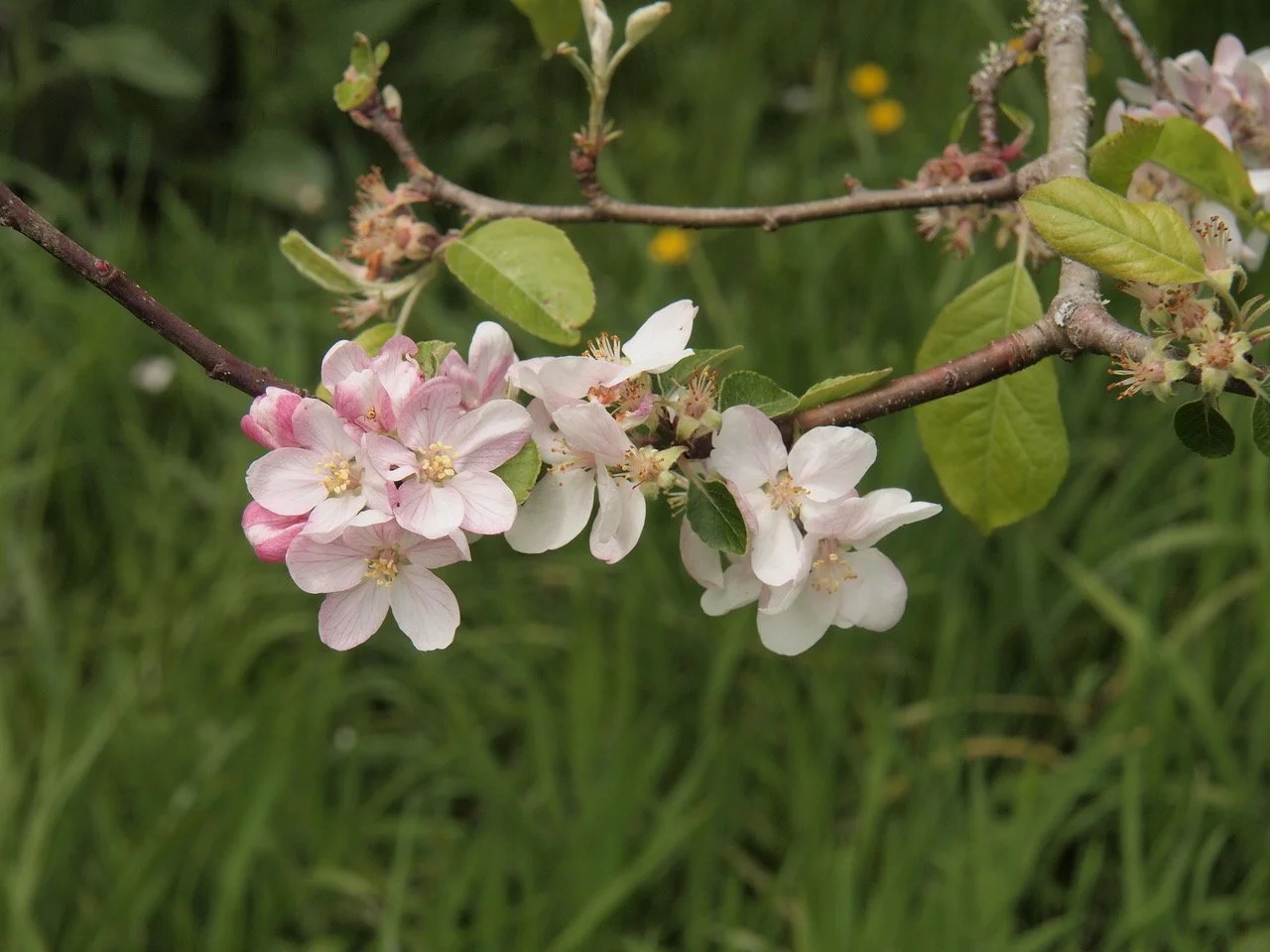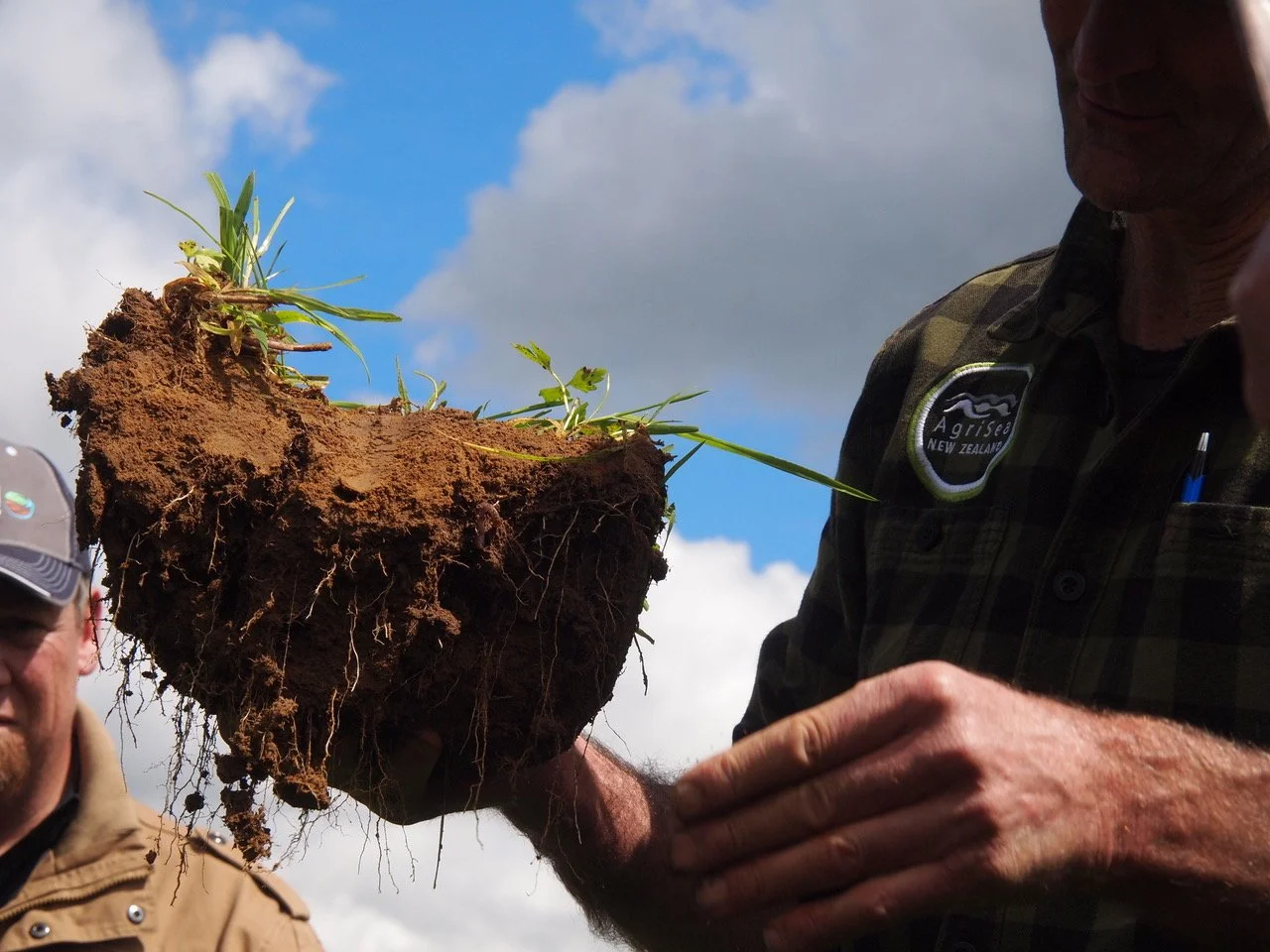PSAR: Plant - Soil - Atmosphere - Relationship
/Through photosynthesis plants gather and deliver nutrients to the soil in exchange for the nutrients they need to grow. But this is only the beginning of an amazing and complex relationship that creates the world we know.
Photosynthesis
Photosynthesis is a chemical process that converts carbon dioxide into organic compounds, using the energy from sunlight. It does this in two ways:
CO2 to Carbon
CO2 is taken in by plants and through photosynthesis turned into carbon.
The carbon is held in the plant trunk, branches, leaves, flowers and roots.
As the plant and roots die, they become food for microorganisms.
The microbes turn the carbon into soil and eventually humus (humus is the key).
CO2 to Liquid Carbon
Nature uses these four processes to turn Co2 into liquid exudates for microbes and plants:
Photosynthesis
The conversion of CO2 to Carbon.Resynthesis
This is the process whereby the “sugars” from photosynthesis are then converted or resynthesized into a wide variety of carbon compounds, including proteins, organic acids, waxes, and oils.Exudation
This is where the carbon compounds are delivered into the soil.Humification
This is where microorganisms convert the compounds to humus.
What Is Humus?
Organic matter that has reached a point of stability, where it will break down no further and might, if conditions do not change, remain as it is for centuries. Humus significantly influences the bulk density of soil and contributes to moisture and nutrient retention.
The formation of humus begins when the residues from plants and animals come in contact with microbial life in the soil and when liquid exudates are transferred into the soil by way of liquid carbon exchange. Carbon compounds contained in those residues are proteins, fatty acids, carbohydrates and energy for the various bacteria, fungi and actinomycetes and others involved in the decay and the liquid carbon process.
Humus helps the soil to hold water, provides nutrients, and keeps the soil from getting compacted. Humus it is a highly complex substance, which is still not fully understood.
Biological Engine
Although it is the sun driving this system, it is the plant and seed that are in charge. The plant through its relationship with the soil and atmosphere and the help of the trillions of microbes that surround it are what fire up the biological engine.
Who Are The Players?
Sun
Plant
Seed
Exudates
Bacteria
Fungi
Protozoa
Nematodes
Mycorrhizal
Micro & Macro Arthropods
Worms
And more…
THE SUN
The sun is the driver of all life that exists on earth, but as the motor car relies on fuel, the fuel does nothing until it is transferred into energy.
THE PLANT
The plant is the “vehicle” that converts the suns energy into life. So, the plant is really in charge. But it is the seed the releases the goods. The Seed is the key to life.
THE SEED
Seeds contain the secret to life. They can sit dormant for many years, some discovered are over 32,000 years old. Seeds contain DNA and a great deal of biology. Some estimate that a single seed can contain up to 9 billion micro-organisms. When a seed sprouts, these organisms are released into the soil and begin their journey of creating life. Seeds really are where it all begins.
As each seed contains a unique DNA and Microbiome, a diverse mix of seeds will create the best results. Once seeds establish their plant, they begin to extend their communication system through their roots deep into the soil, with the help of mycorrhizal they harvest nutrients of every kind. You should attempt to have seeds from at least four different plant families to create the best result.
Diversity is the name of the game, the more the better. When building the biological engine of your soil, seeds and plants are the key.
The general guideline is to have plants from at least 4 or more different plant families:
Solanaceae
Brassicaceae
Cucurbitaceae
Rosaceae
Fabaceae
Understanding and managing the Plant – Soil – Atmosphere – Relationship PSAR, is key to driving the Biological Engine of your farm to lower costs and higher function and profit.



